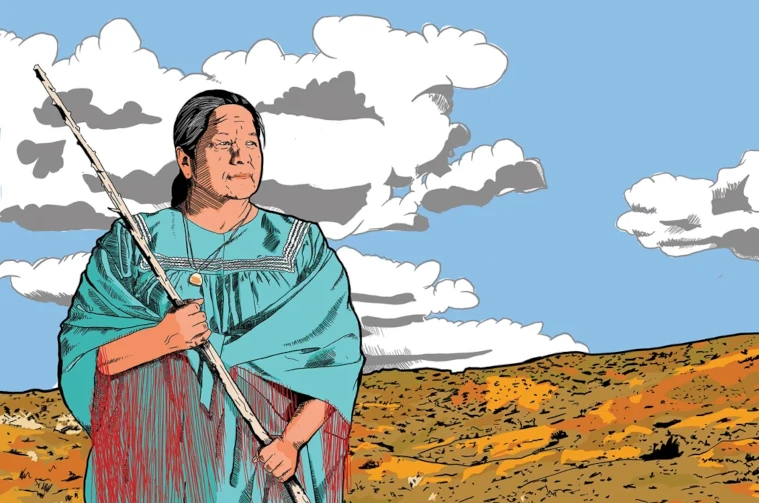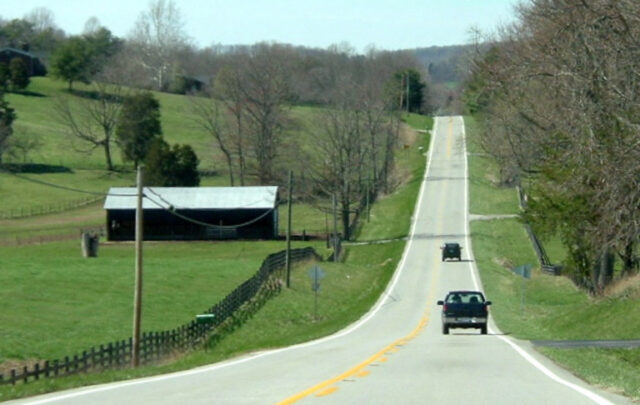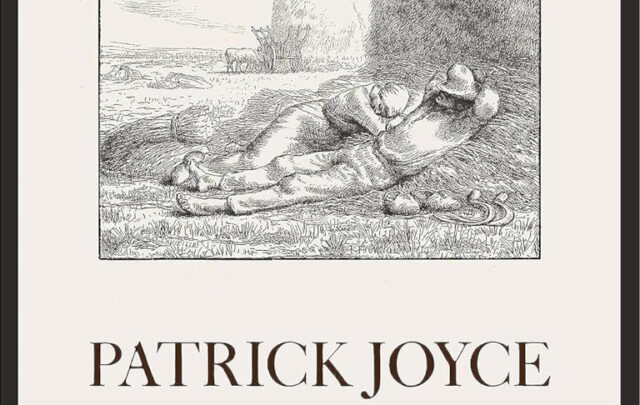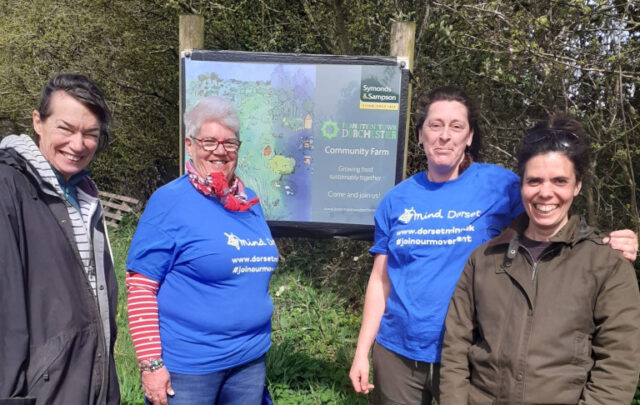The foragers start their day before sunrise, while it’s still somewhat cool. Twila Cassadore (San Carlos Apache) encourages her gatherers to look to the daybreak and provide an offering for a bountiful forage.
Cassadore has been working with San Carlos Apache, White Mountain Apache, and Yavapai peoples in southern Arizona for the past 25 years to revive traditional foodways. By popularizing the harvest of grass seeds, acorns, and dozens of additional foods that sustained her ancestors, Cassadore is fulfilling her vision of a generation of healthier Indeh—the traditional name of the Apache, or “The People.”
Breathing in the aroma of sage, juniper trees, and dirt, participants collect acorns and piñons from the ground on bended knees. As the sun travels across the sky, heat radiates down through the tree branches and up from the ground. Eventually, sweat trickles from foreheads into eyes, signaling the time to offer a prayer of thanks and find relief from the heat in air-conditioned cars.
From a young age, the Indeh are taught to regard the land as their grandmother and the food she provides as gifts to be both given and received. Twila’s own grandmother, Maude Cassadore, was a traditional Apache woman who often involved Twila in the collecting and cleaning of acorns, berries, and medicinal herbs. She instilled a deep appreciation for the land, water, plants, and wildlife, which inspired Twila’s decades-long effort to document the wisdom of more than 100 tribal elders, who shared their knowledge of traditional edible plants, foraging methods, and Apache recipes.
Indeh teachings say not to take more than is needed. For example, when harvesting the red-orange berries of the sumac, don’t collect those on the ground or the lowest branches; they are reserved for wildlife. Such practices ensure continued growth and protect ecosystems.
The ancestral homelands of the Western Apache encompass dry deserts, lush evergreen forests, poppy-flower-covered meadows, and fish-filled lakes—a much larger area than the confines of the current reservation. Historically, the land provided a nutrient-rich diet for the Western Apache, whose daily practice of “following the food” required a vast knowledge of the seasons, climate, rain retention, wildlife, and natural terrain in order to fish, hunt, forage, and store food for community sustenance.
In addition to cultivated corn, squash, and beans, the traditional Western Apache diet included roasted agave hearts, wild greens, seeds, fruits, roots, flowers, and fungi, as well as wild meat from birds, deer, and rodents like the desert woodrat. This diverse diet, combined with the Indeh’s active lifestyle, resulted in healthy, strong, and agile Indigenous people.
But the creation of reservations severed the Indeh’s access to the landscape and limited their mobility. Government rations, and later commodities, became the most accessible sources of sustenance, leading to major social and health problems. Despite the devastating tactics of eradication and assimilation of Indigenous peoples in the United States, the Indeh sustain their cultural connection to their ancestral homelands and traditional food practices to this day.
Cassadore calls foraging a tool for healing. She shares her knowledge and skills by leading gatherings and participating in programs like the I-Collective, a group of Indigenous chefs, activists, herbalists, and seed keepers who recognize the larger Indigenous community’s historic and modern resilience. Cassadore’s efforts are part of a much larger Tribal Food Sovereignty movement among the numerous Tribal Nations in the United States. And she and her people are healthier for it.
Summer Three-Leaf Sumac Berry Glaze
1 cup dried sumac berries
¼ cup agave syrup
Remove the seeds from the dried berries and grind the flesh into a fine powder. Add the agave syrup and mix until well blended.
Brush the mixture over chicken or the poultry of your choice and bake at 350 F for 35 to 40 minutes.





